The difference between Yunnan Ironpika Coffee Bean and Katim Flavor in Typica
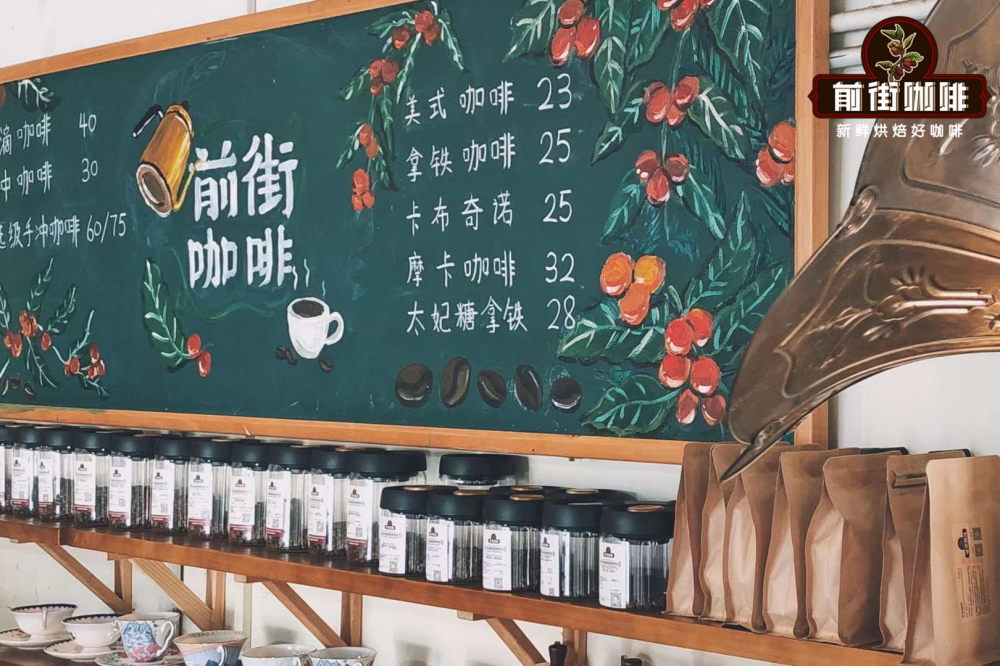
of Arabica
In the third wave of coffee, everyone is looking for fine coffee. The three most important elements of fine coffee are coffee variety, planting altitude and processing method. Among them, variety is a huge topic. Today, all the fine coffee and coffee beans you can touch are Arabica beans. Friends, on our front street coffee bean list, except for commercial blend beans, there will be Robusta beans, the rest are all Arabica varieties.

The earliest records of coffee trees date back to the 9th century AD, when the famous Persian philosopher, medical scientist and physicist Razi, Muhammad b.Zakariya, wrote in his book "Medical Integration" that the juice "bunchum" boiled from "bunn" has the effect of refreshing and treating headaches. "Bunn" means coffee. It can be concluded that Arabica was introduced into the Arabian Peninsula in the 9th and 10th centuries.
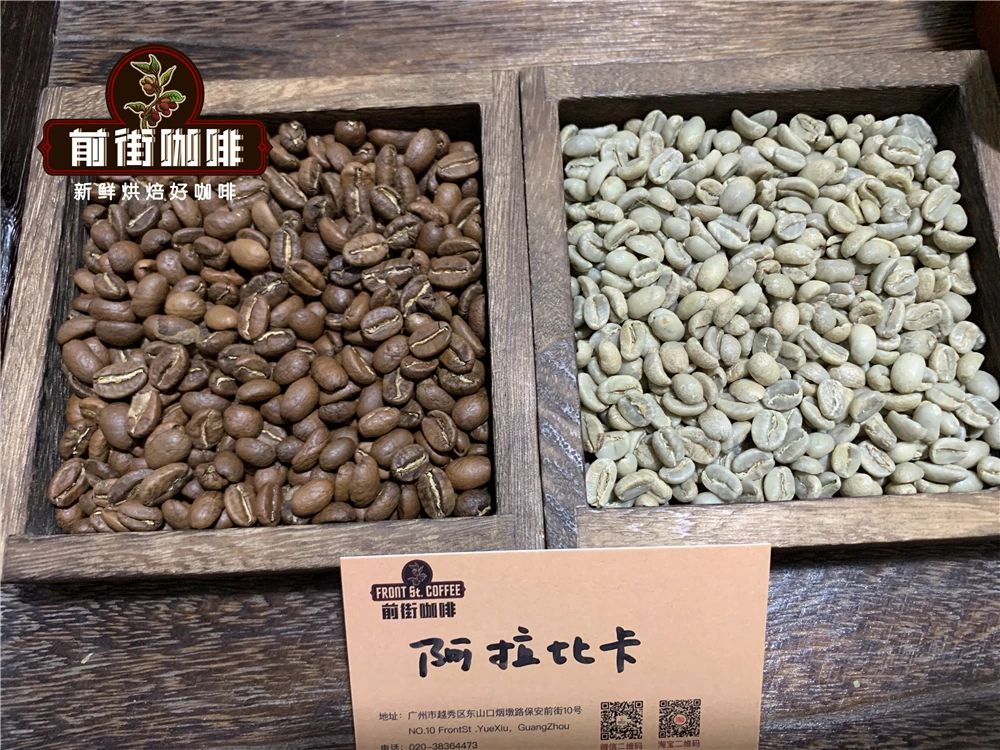
In the 17th century, Swedish botanist Carl Linnaeus gave the scientific name Coffea Arabica L. meaning: Coffea, Arabic species, Linnaeus name. At the time, Linnaeus mistook the Middle East for coffee's origin; Arabica was not officially recognized until 2002, when a research project found that coffee gene diversity in places such as Yemen was much lower than Ethiopia, meaning Arabica's hometown should be Ethiopia. Tiepica
Although the iron pickup was originally from Ethiopia and introduced to Arabia in the 9th century, it was only given the scientific name Coffea abrabica L. after 1913. var. typica Cramer, meaning genus Coffea, Arabic species, Linnaean name, variety, iron pickup, Cramer name. The name was intended to express the typical variety of Arabica, so typica was given the name meaning "typical."
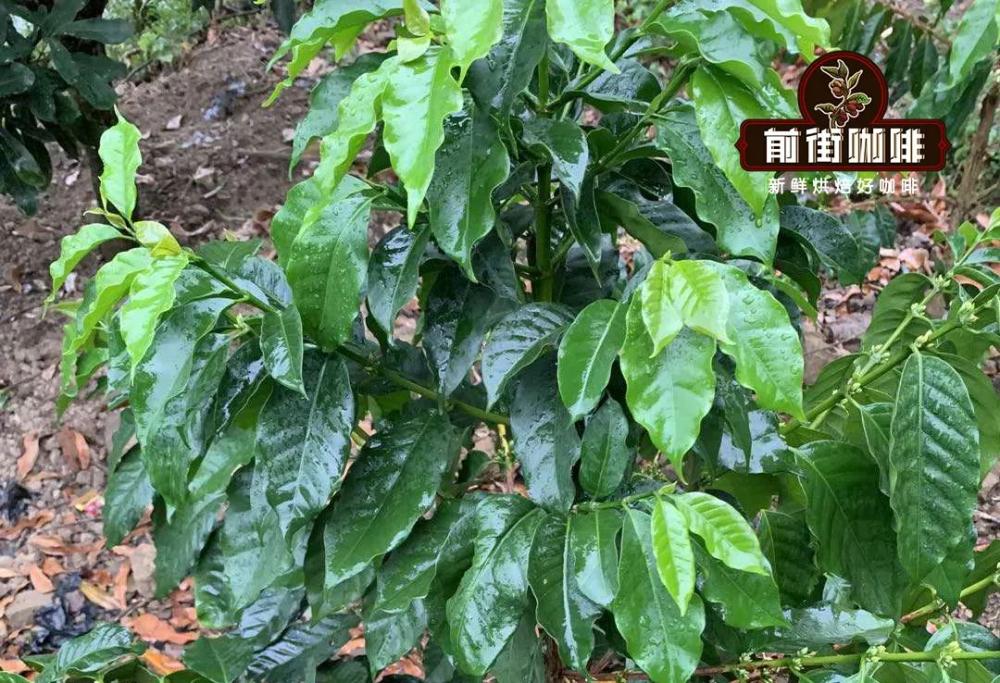
As mentioned earlier, iron pickup was introduced to Arabia in the 9th century. After several centuries of taking root, around the 16th century, Yemen's Mocha Port and Aden Port developed a coffee drinking trend. People mashed the dried coffee fruit meat and drank it in water. Later, coffee beans roasted with spices and pulp were ground and brewed. Around 1600, a devout Muslim from India went to Mecca on a pilgrimage, became obsessed with coffee, stole seven seeds back to India, and successfully planted them on Mount Gandrojiri.
Around the 17th century, Yemen roasted all its coffee beans for export in order to prevent coffee seeds from falling into other places for planting, and the Netherlands smelled business opportunities; in 1616, the Netherlands illegally seized coffee seedlings from Yemen and transported them back to Amsterdam for careful care in a large greenhouse, and this iron pickup coffee tree is also known as the "European mother plant." In 1699, the Dutch transplanted Indian iron card to Java for trial cultivation, and in 1706 the Javanese iron card was transported back to Holland for cultivation.

In the 1710s, the mayor of Amsterdam presented a tin card sapling to the king of France, who cultivated it and transplanted it to South America. In the 1720s, French naval officer Dick Roux stole iron-pickup saplings from the Royal Botanic Garden and transplanted them to French Martinique. The "European mother plant" was fruitful and its saplings and seeds were distributed to many countries in Central America. In 1825, Hawaii introduced Guatemala's improved iron pickup truck and planted it in Kona, now known as Kona coffee.
Until the end of the 19th century and the beginning of the 20th century, a French missionary brought iron pickups to Yunnan. In 2013, when Qianjie Coffee was still popular in Yunnan, it chose to breed iron pickup. The top tender leaves of iron pickup are bronze-brown, the tree body is higher, the leaves are narrow, and the beans are sharp and long. Iron Pickup has rich and diverse flavors, presenting various fruit acidity and delicate taste. It is recognized as a high-quality variety. The famous Blue Mountain Coffee and Hawaiian Kona Coffee belong to Iron Pickup.
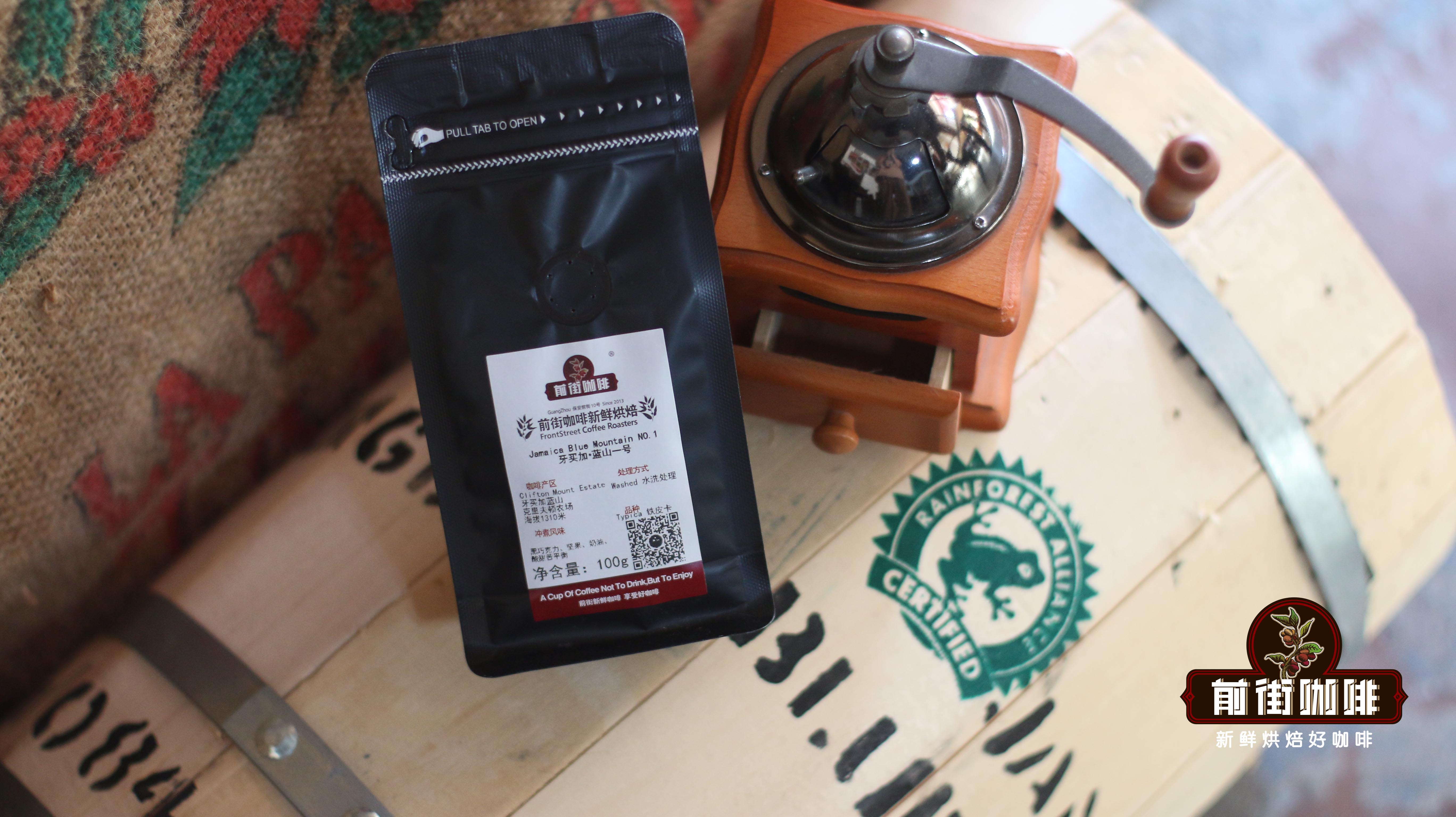
katim
By the end of the 19th century, leaf rust had engulfed most of the world's iron pickups. In 1959, the hybrid of Timor-Caturra developed by CIFC, Portugal Coffee Leaf Rust Research Center, Catimor, was widely promoted because of its strong disease resistance and high productivity. At first, Yunnan Province in China planted iron pickups with elegant flavor but weak wind, but later, international brands such as Nestle and Starbucks entered the Chinese coffee market and looked for coffee raw materials. In order to achieve higher economic benefits, coffee farmers cut down the excellent varieties of Tiemu and replaced them with high-yield and disease-resistant katim when international brands such as Nestle promoted katim varieties.
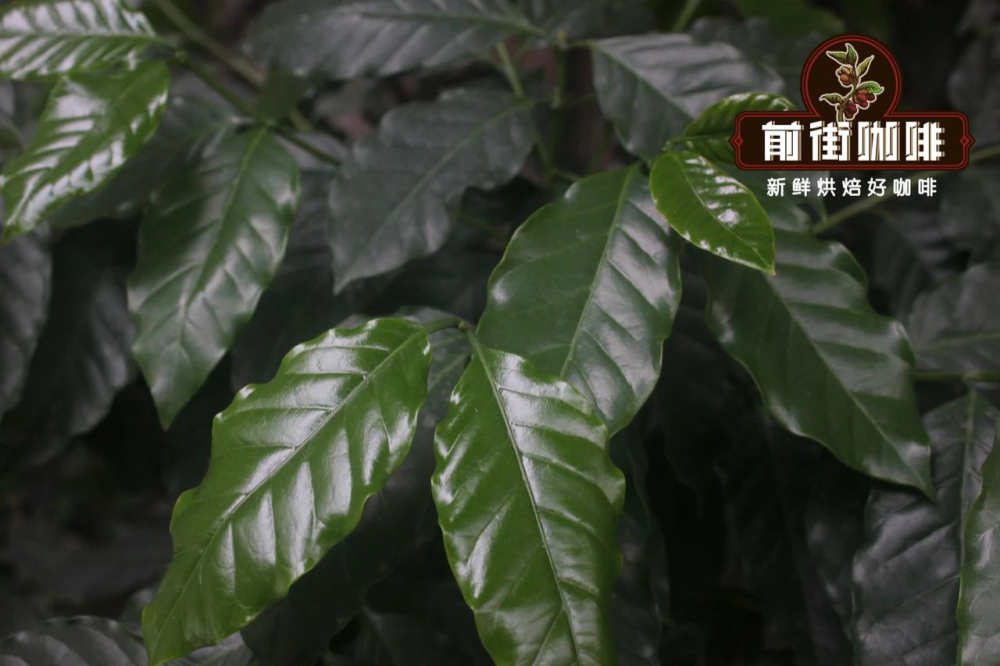
Katim 7963 is a hybrid variety developed by Portugal Tropical Research Institute (HCT) against coffee rust. This variety has the characteristics of compact tree shape, short growth, many branches and short fruit nodes. It grows vigorously and has strong vitality. The biggest characteristics are the amazing ability of rust resistance and the ability of high yield. Therefore, it is deeply loved by Yunnan coffee farmers. At present, more than 90% of coffee trees in Yunnan are katim.
Although katim has achieved some commercial value, its cupping quality is often questioned and its flavor is susceptible to flaws when handled improperly. With the emphasis on fine coffee in China, many coffee people and researchers began to invest in the planting process of Yunnan producing areas, constantly improving the quality of coffee in terms of prevention and control of coffee pests, shade trees, soil and water conservation, planting altitude, and fresh fruit picking and processing methods. Nowadays, Yunnan katim coffee produced by professional methods can also present good aroma and cleanliness.
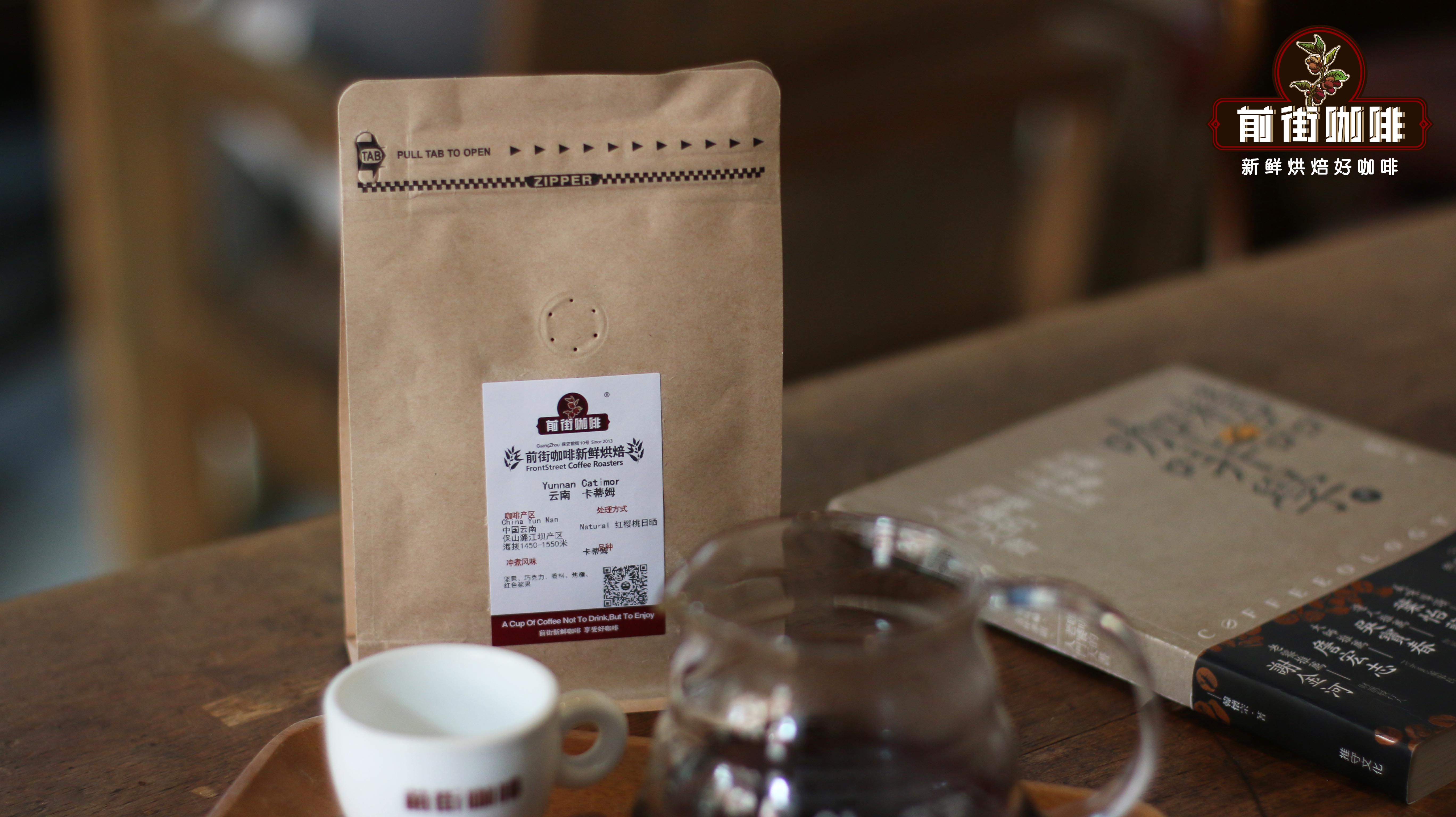
Yunnan production area
Yunnan is the main producing area of fine coffee in China, with an average altitude of more than 1000 meters, complex and undulating terrain, fertile soil, abundant sunshine, abundant rainfall and large temperature difference between day and night. It is the ideal planting condition for Arabica. These unique conditions have made Yunnan coffee taste special: strong but not bitter, fragrant but not strong, slightly fruity.
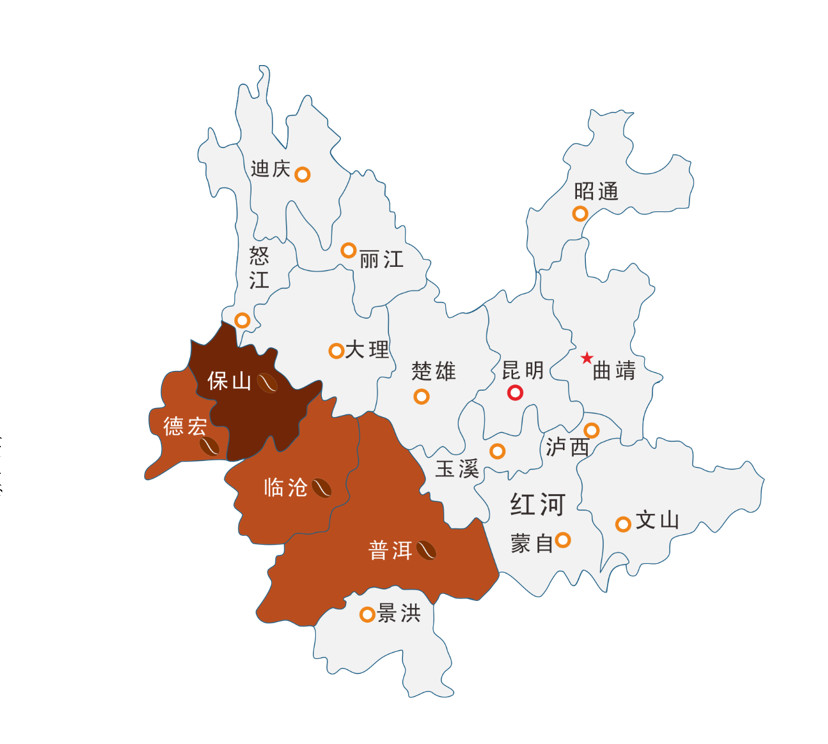
[Dehong]: enjoys the reputation of "China's coffee town", has a typical south subtropical rain forest climate, no cold in winter, no heat in summer, short frost period, small temperature difference, average planting altitude of more than 1000 meters, is recognized by domestic experts as the most suitable area for growing small coffee in China. The coffee produced has unique flavor and excellent quality, and has a high reputation in the domestic and foreign markets.
[Baoshan]: The planting history of Yunnan Baoshan coffee began in the mid-1950s, and the first coffee seedlings were introduced from Southeast Asia by Mr. Liang Jinshan, a patriotic overseas Chinese. Baoshan Arabica coffee is famous and is a national geographical indication product. Europe and America, Arab countries, especially Britain, the United States, Egypt, Hong Kong and Macao merchants are regarded as coffee top-grade, products in short supply.
[Lincang]: Lincang City is located in the southwest of Yunnan Province. The Tropic of Cancer runs through the south, adjacent to Pu 'er in the east, Dali in the north, Baoshan in the west and Myanmar in the southwest. It is named because it is close to Lancang River. Its unique geographical location and climatic conditions make Lincang the focus of attention of many coffee companies. Our Qianjie Coffee chose to grow Tiekka coffee in this producing area.
[Pu 'er]: Tea Township Pu' er coffee cultivation has a very long history, has a history of 150 years. Although Pu 'er City is famous for tea in the world, its coffee planting area has reached 789,000 mu, the coffee bean output is 58,600 tons, and the total output value is 2.469 billion yuan. It has become the largest coffee planting base in Yunnan. Its climate, geography and soil conditions are ideal for growing coffee.
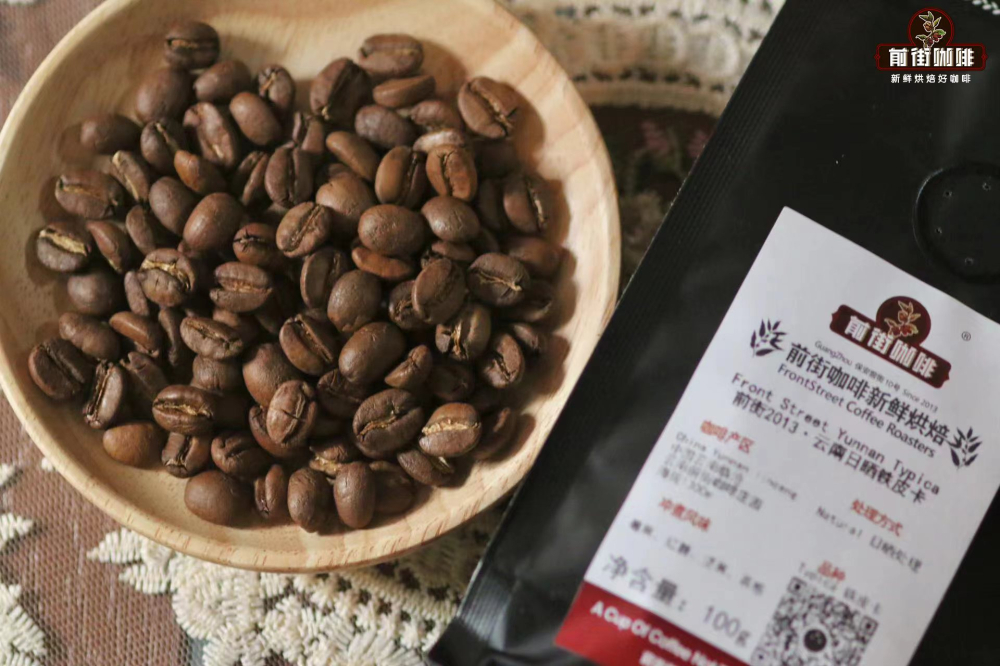
There are two kinds of coffee beans from Yunnan production area on the bean list of Qianjie Coffee, namely, sun-dried Qianjie 2013 iron pickup truck and washed Yunnan small grain katim ration beans. It can not only let everyone taste the taste of their motherland, but also let everyone experience the flavor difference between these two varieties.
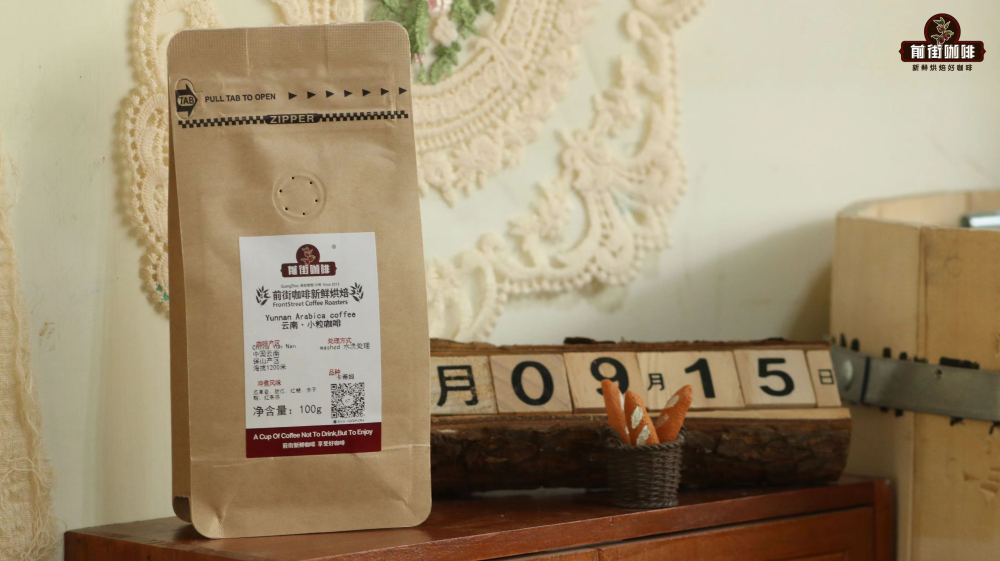
Brewing advice
Filter cup: hario v60
Powder: 15g
Water temperature: 90 degrees Celsius
Abrasion: No. 20 sieve pass rate 75%
Water powder ratio: 1:15
Three-stage water injection: wet the powder bed with twice the amount of coffee powder, form a bulge, steam for 30s, and then inject small water flow from inside to outside to 125g, and when the powder bed drops to half of the filter cup, continue to inject the same fine water flow into the third stage to 225g, until all the coffee liquid is filtered and removed from the filter cup, about 2 minutes.
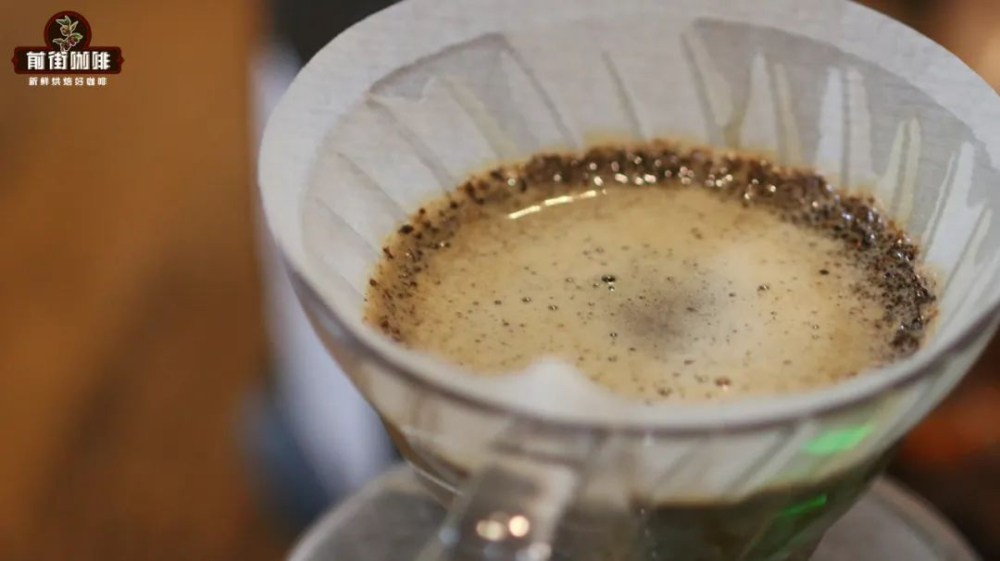
Front Street Yunnan small grain coffee flavor: smells very nutty aroma, the entrance has herbs, chocolate, caramel, aftertaste with a touch of fruit acid, the overall taste is balanced, has a good cleanliness.
Front Street 2013 Suntan Tin Coffee Flavor: Dry powder presents caramel, nut, citrus aroma, chocolate, fermentation, berry at high temperature, plum acid with temperature drop, black tea, sugar cane sweet finish. Medium to high body, taste clear, rich and varied layers.
Professional coffee knowledge exchange More coffee bean information Please pay attention to coffee workshop (Weixin Official Accounts cafe_style)
More fine coffee beans, please add private WeChat Qianjie Coffee, WeChat: qjcoffeex
Important Notice :
前街咖啡 FrontStreet Coffee has moved to new addredd:
FrontStreet Coffee Address: 315,Donghua East Road,GuangZhou
Tel:020 38364473
- Prev

Description method of planting Flavor and taste of Bourbon Pacas Coffee
Pacas (Pacas) is a natural variant of bourbon, similar to Kaddura of Brazil (Cuturrra) and Villa Sacrhi of Costa Rica. Like other bourbon variants that have been widely planted, Pacas is a new variety formed by a single gene mutation, which gives Pacas a crucial characteristic: the plant can be further closely planted, and eventually the body.
- Next
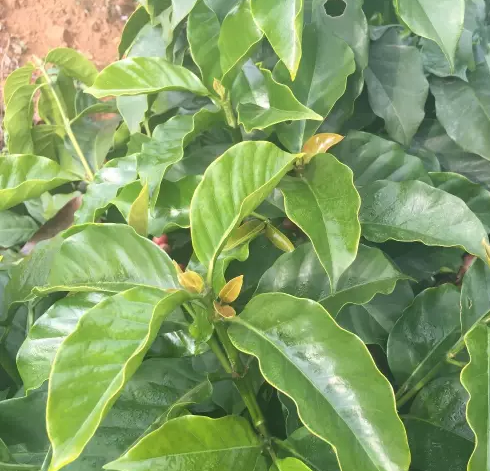
The difference between Yunnan Tiebika raw bean wholesale authentic Yunnan small grain boutique coffee and Yunnan Katim
Yunnan small-grain coffee Yunnan small-grain coffee, Rubiaceae, coffee genus, the planting area is mainly distributed in Lincang, Baoshan, Simao, Xishuangbanna, Dehong and other states. Small grains of coffee are native to Ethiopia or Arabian Peninsula. The main producing area of small-grain coffee is suitable to grow in the mountains of 800-1800 meters above sea level. If the altitude is too high, it will taste sour, and if it is too low, it will taste bitter. Most small grains of coffee are planted at 1100 above sea level.
Related
- Detailed explanation of Jadeite planting Land in Panamanian Jadeite Manor introduction to the grading system of Jadeite competitive bidding, Red bid, Green bid and Rose Summer
- Story of Coffee planting in Brenka region of Costa Rica Stonehenge Manor anaerobic heavy honey treatment of flavor mouth
- What's on the barrel of Blue Mountain Coffee beans?
- Can American coffee also pull flowers? How to use hot American style to pull out a good-looking pattern?
- Can you make a cold extract with coffee beans? What is the right proportion for cold-extracted coffee formula?
- Indonesian PWN Gold Mandrine Coffee Origin Features Flavor How to Chong? Mandolin coffee is American.
- A brief introduction to the flavor characteristics of Brazilian yellow bourbon coffee beans
- What is the effect of different water quality on the flavor of cold-extracted coffee? What kind of water is best for brewing coffee?
- Why do you think of Rose Summer whenever you mention Panamanian coffee?
- Introduction to the characteristics of authentic blue mountain coffee bean producing areas? What is the CIB Coffee Authority in Jamaica?

